When placing an order, you usually choose which operating system to install. I usually use CentOS, either 6.x or 7.x.
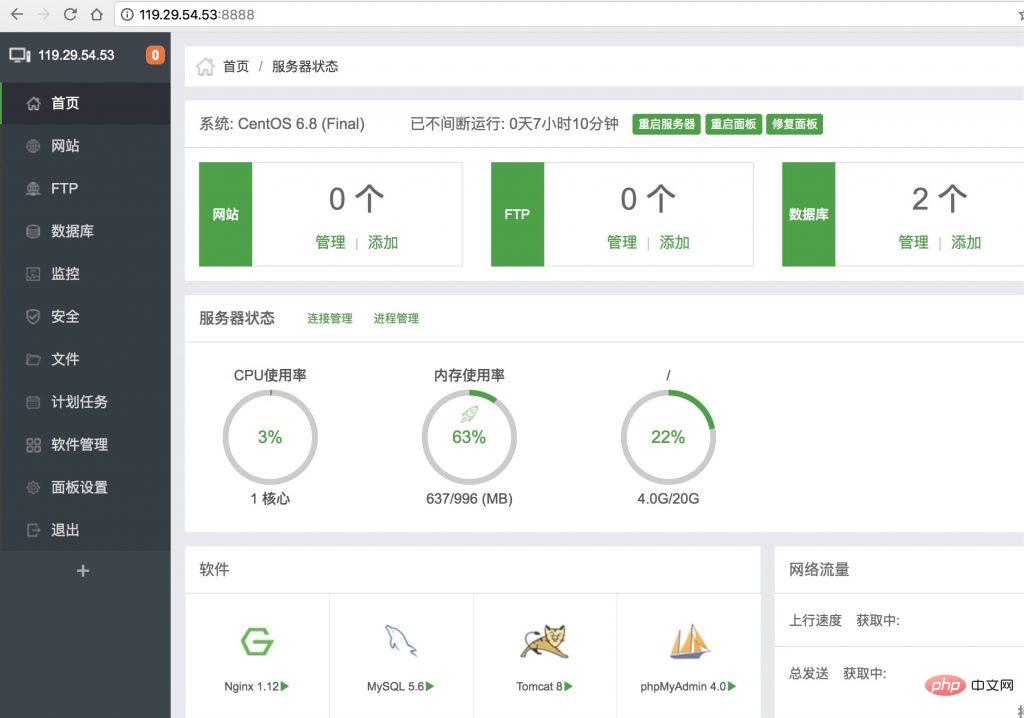 It is the same for any server, but the commands may be different for different operating systems.
It is the same for any server, but the commands may be different for different operating systems.
1. SSH connection to the server
The SSH account and password are generally set when purchasing the server, and can be modified later.
If ssh cannot connect, make sure port 22 is allowed.
2. Type the installation command
Centos installation script yum install -y wget && wget -O install.sh http://download.bt.cn/install/install_6.0.sh && sh install.sh 8c0882dde
Ubuntu/Deepin installation script wget -O install.sh http://download.bt.cn/install/install-ubuntu_6.0.sh && sudo bash install.sh 8c0882dde
Debian installation script wget -O install.sh http://download.bt.cn/install/install-ubuntu_6.0.sh && bash install.sh 8c0882dde
Fedora installation script wget - O install.sh http://download.bt.cn/install/install_6.0.sh && bash install.sh 8c0882dde
Upgrade script wget -O update.sh http://download.bt.cn /install/update.sh && sh update.sh
3. Save the account password
It will take about two minutes to install
After the installation is completed, you can see this Picture

#Copy the text above and save it. Inside is the backend address, login account and password, which can be modified
4. Modify the security group and release the port.
In order to ensure that you can log in to the backend and not be blocked by the firewall.
We must let the following ports 8888 888 80 find a few ports
If you want to access the remote database 3306, you must also let it go
If you want to use the ftp tool to let 21, ssh let it 22
Configure HTTPS and allow 443
Of course, our Tomcat and the default port 8080 must also be allowed
If you are using Tencent Cloud, you can set up to allow all ports , if you can’t use Alibaba Cloud, you need to let them go one by one.
The environment here refers to the project running environment, which requires at least JDK Tomcat MySQL.
In the pagoda panel, we can install it directly

It is recommended to install Tomcat8 (it will come with jdk1.8 installed), if you install Tomcat7 (it will come with jdk1.7 installed).
Then MySQL must be installed, the version is optional.
Under normal circumstances, this is fine.
Of course, if you want to manage the database conveniently, you can download another phpmyadmin. You need to follow nginx and php first, which may consume some memory.
After Tomcat is installed, let’s try to visit
The directory where Tomcat is installed is: /www/server/tomcat
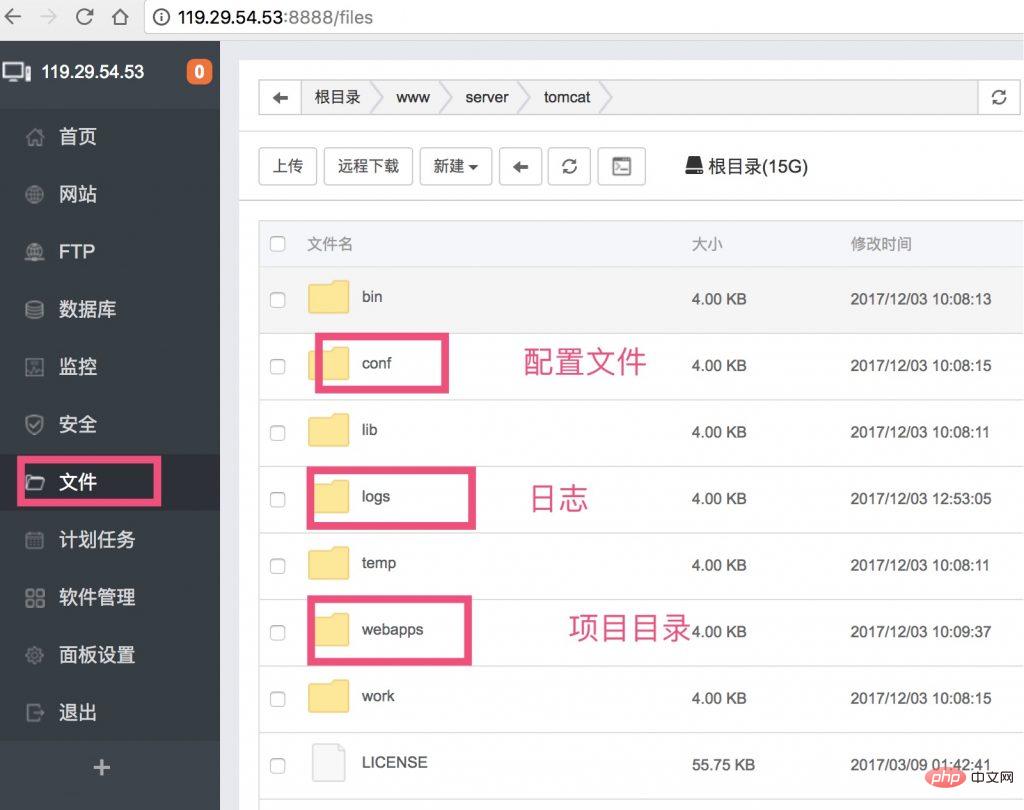
1. Use Maven clean project
2. Run the project
3.Maven package project
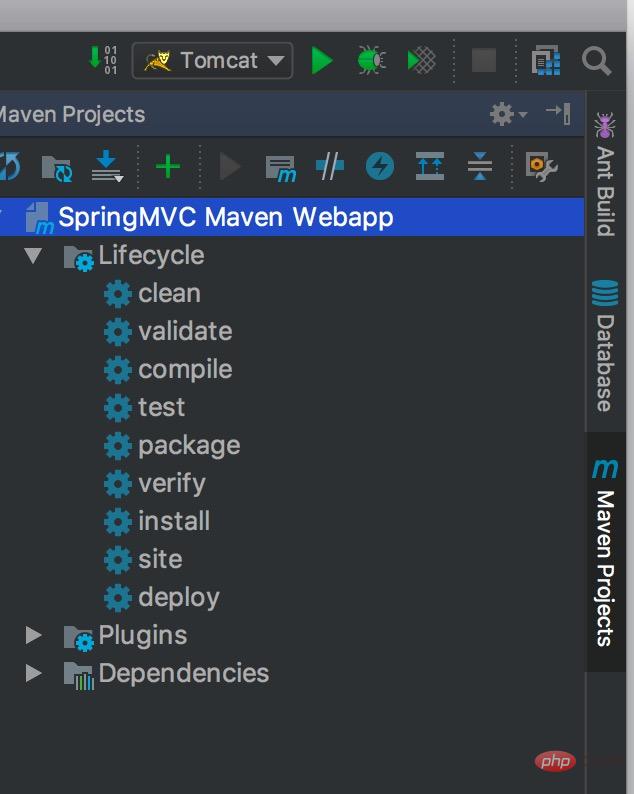
4. Obtain the war file in the target directory
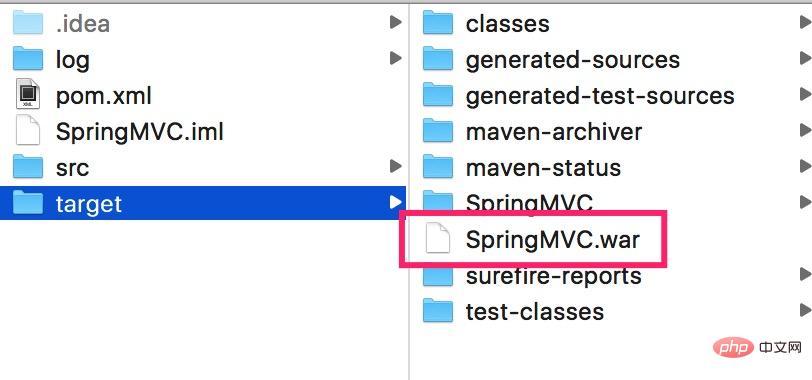
5. Upload the war file to the webapps directory of the tomcat installation directory
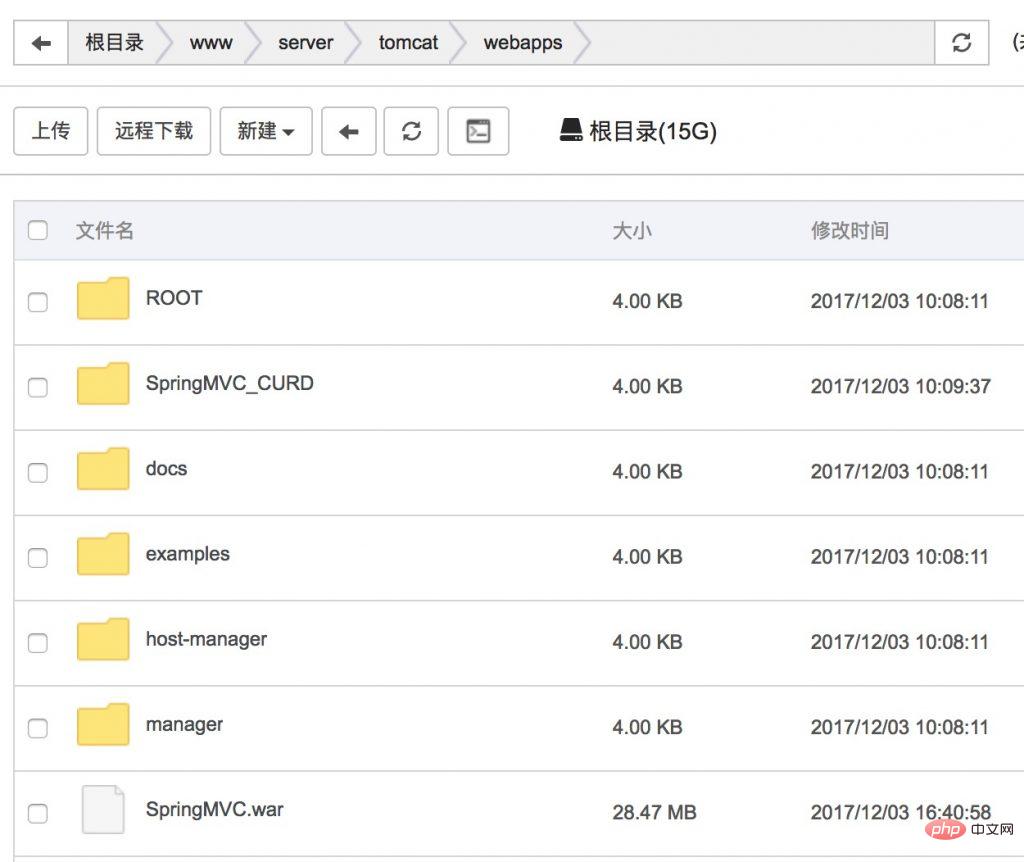
The blogger changed the Tomcat port from 8080 to 80 before
Access project: http://119.29. 54.53/SpringMVC
Success
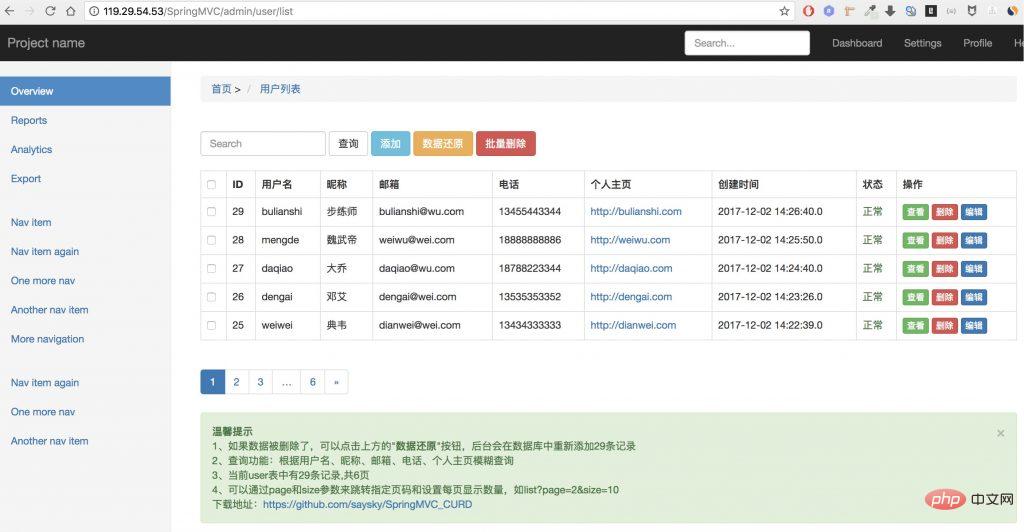
Unable to start Tomcat is usually because the configuration settings of tomcat are wrong or there are syntax errors. It is common in server.xml
Project access 404, indicating that the deployment was not successful and the project was not started successfully. wrong. For example, database connection error, jdk version is not enough, dependencies are not imported, etc.
How to troubleshoot errors if project deployment fails?
It’s very simple. Doesn’t Tomcat have a log file?
You can view it in the /www/server/tomcat/logs directory.
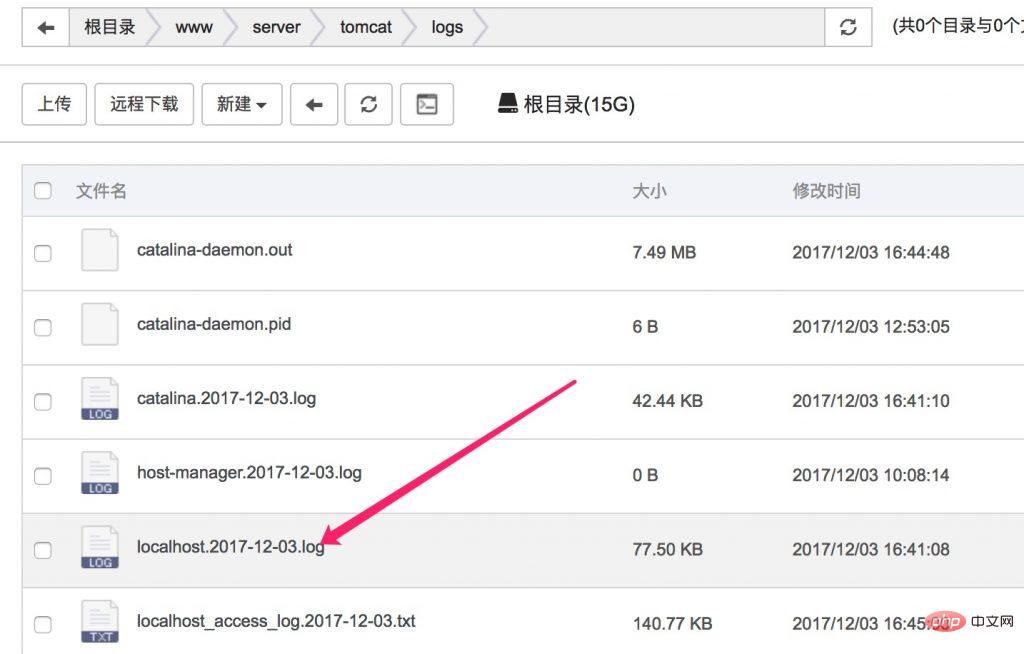
Check the localhost log for the corresponding date.
For example, the error below is a database connection failure

This error is that Spring Data JPA requires jdk1.8, which is java 8 (so it was previously recommended to install Tomcat8, which will install jdk1.8 by itself)

1. Static resource mapping
Everyone should know about static resource mapping, it is in tomcat’s server.xml There
means access to http ://119.29.54.53 You can access the projects under the SpringMVC folder
There is also a static resource mapping for the upload directory
For example, I have an upload directory /www/ uploads, pictures uploaded by users will be saved to this uploads folder.
How to access this directory on the server?
That's it
For example, if you visit http://119.29.54.53/uploads/2017/12/Cao Cao.png, you can access /www/uploads/2017/12/Cao Cao.png
2, resolve the domain name
IP addresses are generally difficult to remember, and sometimes it is best not to expose the public IP address.
I want to enter the domain name to access the project website, for example, enter demo.56vps.cn to access 119.29.54.53
Just need to add it to the domain name server
The above is the detailed content of How to deploy Java projects to cloud servers. For more information, please follow other related articles on the PHP Chinese website!